Link Monsters are a type of Monster that reside in the Extra Deck. As such, they cannot be Normal Summoned, and need to be Special Summoned via Link Summoning. They were introduced into the game in 2017, and mark the first time positioning really matters in the game of Yu-Gi-Oh, outside of some niche cards. In this guide, we'll take a look at what they are, how to play them, and special rulings that only apply to them.
Table of Contents
Table of Contents
- What Are Link Monsters
- Extra Monster Zones
- Link Summoning
- Link, Co-Link, and Extra Link
- Why so many rules?
- Link Card Staples
What Are Link Monsters
Link Monsters are a type of Extra Deck Monsters, meaning that, when building your deck, you add them to the Extra Deck instead of the Main one. Furthermore, any sort of effect that would return them to your hand or shuffle them into your Main Deck would send them back into the Extra Deck instead.
Link Monsters have a set of characteristics that set them apart from the other types of Monsters. For one, their card border is blue, with a hexagonal pattern, like a honeycomb, and they lack a Level. Their DEF value has also been replaced with the word 'LINK' followed by a number. Finally, there's triangles all around the Artwork of the card.
Let's start with the arrows around the Artwork. Those are called Link Arrows, and are one of the most defining features of Link Monsters. Those play an important role in how they are summoned, dictating both the amount of resources needed to summon a certain Link Monsters, as well as how many and where you can summon other ones. Each Arrow points to a certain Zone on the field. Link Arrows are NOT card Effects, and as such cannot be removed or negated.
While there are arrows on each side (top, bottom, left, right) and corner (top-right, bottom-right, top-left, bottom-left) of the Artwork, only the ones that glow red are Link Arrows. The black ones are known as Non-Link Arrows.
The number of Link Arrows a Monster has determines it's Link Rating. This rating can be found in place of the DEF value of the card. Since they have no DEF value, Link Monsters cannot be put in Defense Position, and are unaffected by Effects that would change their Position.
Extra Monster Zones
Introduced into the game at the same time as Link Monsters, those are the two zones above the Main Monster Zones. They are common to both players, but if a player already uses one of the zones, they cannot use the other unless a Link Arrow points to it.
You can only play monsters in this zone if they're directly summoned from the Extra Deck. If you were to revive a monster from the Graveyard or return it from the Banished Zone, you'd play it in the Main Monster zone.

The Extra Monster Zones, in relation to the rest of the board
Link Summoning
You can perform a Link Summon during the Main Phase. You'll need to have a specific set of Monsters on the board in order to use for the Link Summon. Those Monsters are referred to as Link Materials, and are listed on the first line of each card's Lore. Once the Materials have been selected, they are sent to the Graveyard.
The exact number of Link Materials required must be equal to the Link Rating of the Monster, even if the card specifies fewer. For example, Underworld Goddess of the Closed World is a Link-5 Monster, meaning it requires exactly 5 Materials to summon, even if the Lore says you need 4 or more Effect Monsters. This is because Link Monsters can count as multiple materials for other Link Monsters, equal to their Link Rating.

Highlighted are the Link Materials required and the Link Rating
Let's take a look at a few ways you can and can't summon Link Monsters, using Firewall Dragon Darkfluid as the Monster we try to summon:
- CAN: 5 Effect Monsters
- CAN: 2 Effect Monsters + a Decode Talker
- the latter can count as 3 materials, since it's a Link-3.
- CANNOT: Decode Talker + Trickstar Holly Angel
- Even if Trickstar is a Link-2 and they add up to 5, Darkfluid requires at least 3 Monsters.
- CANNOT: 3 x Trickstars
- it would bring the total number of materials to 6, higher than the Link Rating of Darkfluid.
- CAN: 2 x Trickstars as 2 Materials + 1 x Trickstar as 1 Material
- Link Monsters can also count as a single material.
There are some restrictions when summoning a Link Monster (those don't apply when the Monster is summoned from anywhere other than the Extra Deck):
- If you control no Link Monsters, they must be Summoned in an unoccupied Extra Monster Zone
- If you already use an Extra Monster Zone with another Monster, you cannot use the other one
- If you control another Link Monster, you can Summon it to any Main Monster Zone the one on the board points to using the Link Arrows (except your opponent's)
- This does not apply to the other Extra Monster Zone, unless the monsters would be Extra Linked (see bellow)
- You can also use a Link Monster as either a single Link Material, or as a number of Link Materials equal to its Link Rating
- The number of Link Materials must still be exactly equal to the Link Rating of the Monster you want to summon
Examples
In all of these examples we'll try to Link Summon Decode Talker. The highlighted areas show where Talker can be summoned after the Materials have been chosen.

Here, we use Trickstar Holly Angel and Backup Secretary. Since Trickstar will be gone, you can only summon Talker in either Extra Monster Zone.

Here, we do the same thing as above, while also controlling Firewall Dragon Darkfluid. We already use one Extra Monster Zone, so we can't use the other one, but Darkfluid unlocks two Main Monster Zones for us to use.

Same two monsters as in the first example, except our opponent controls a Splash Mage in one of the Extra Monster Zones. We can use the other, but the Splash Mage points towards one of our Monster Zones, so we can summon there as well.
Link, Co-Link, and Extra Link
If a Link Monster points towards another monster, they are Linked. In the example bellow, Firewall Dragon Darkfluid and RAM Clouder are linked

If two Monsters point towards each-other, they are Co-linked. In the example bellow, Splash Mage and Trickstar Holly Angel are co-linked, but Firewall Dragon Darkfluid and Splash Mage are not.

If a Link Monster points towards the Extra Monster Zone, and it is Co-Linked with another Link Monsters, which is Co-linked with another and so on, in such a way that it connects to the Link Monster in the other Extra Monster Zone, you can Summon a Monster the first Zone, thus creating an Extra Link.
In the example bellow, Darkfluid is linked to a modified version of Firewall Dragon (the real one points to the Top instead of to the Top-right), which in turn is linked to Underworld Goddess of the Closed World. We'll use RAM Clouder and Stack Reviver to summon Shinobi Insect Hagakuremino in the highlighted area.

At this point, the Shinobi Insect points to the Goddess, which points to Firewall, which points to Darkfluid, thus forming an Extra Link.

Why so many rules?
If you've made it this far, you're probably wondering "That's a lot of rulings for one type of Monster!", and you'd be justified. Fusion, Synchro, and Xyz Monsters don't have these kinds of limitations. So why make a kind of Monster with so many restrictions?
When Link Monsters were introduced in 2017, Konami also revamped the rules quite a lot. The restrictions described above also applied to Fusion, Synchro, and Xyz Monsters, as well as Pendulum Monsters that were face-up in the Extra Deck. This was likely done as a way to slow down the game, as players could (and still can) summon a lot of Monsters in a single turn. Unfortunately, this also meant that players NEEDED to add Link Monsters in their decks, since, without them, you wouldn't be able to summon more than one Monster from the Extra Deck.
In November of 2021 (April 2020 in Japan), these restrictions were lifted, and only Link Monsters follow them, along with Pendulum Monsters in the Extra Deck (see their dedicated guide for more information). Fusion, Synchro, and Xyz Monsters can be summoned in any of the Monster Zones, Main or Extra.
Link Card Staples
- Link 1
- Link 2
- Link 3
- Link 4
- Link 5

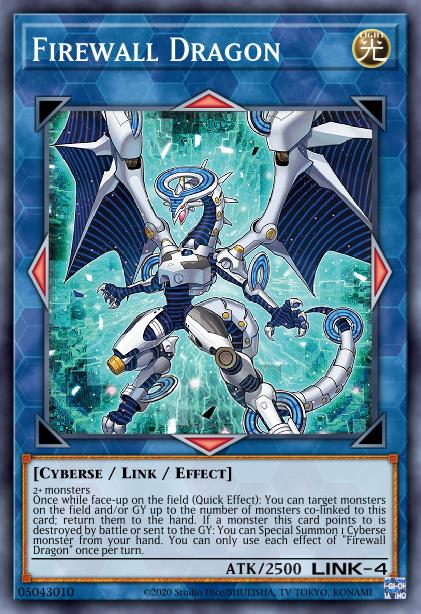
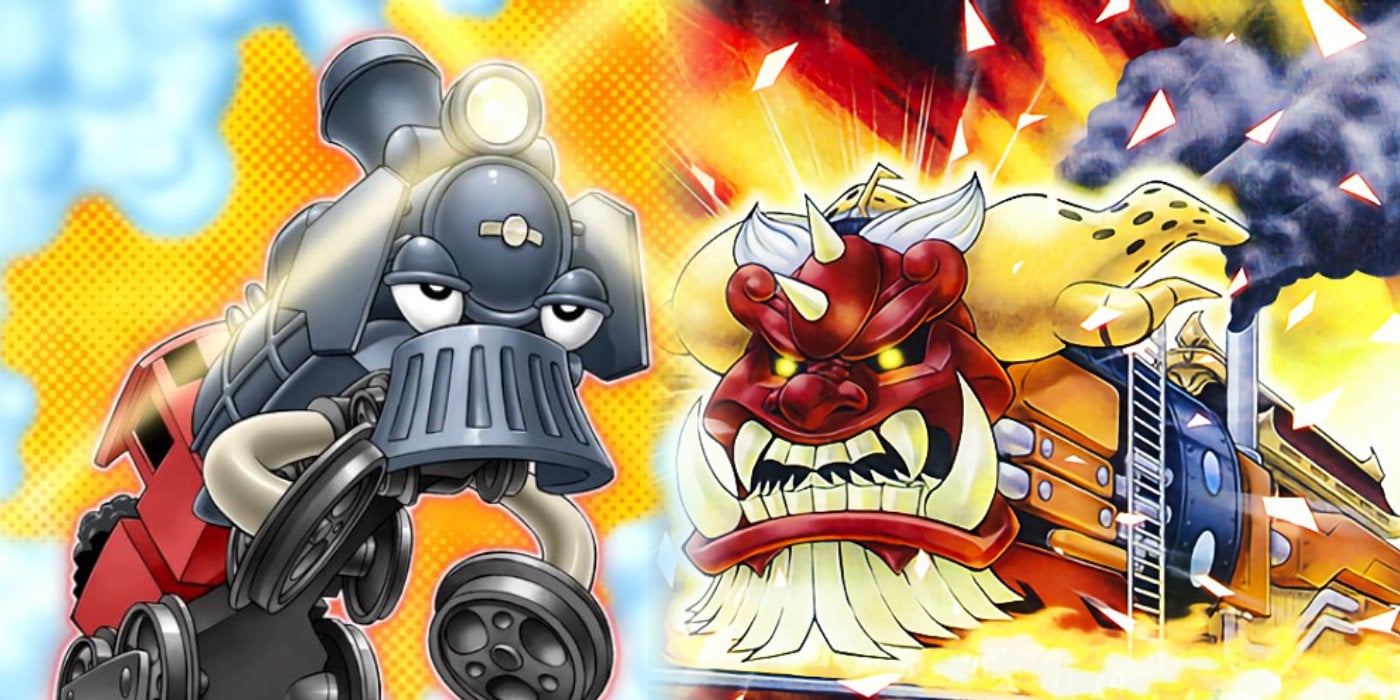
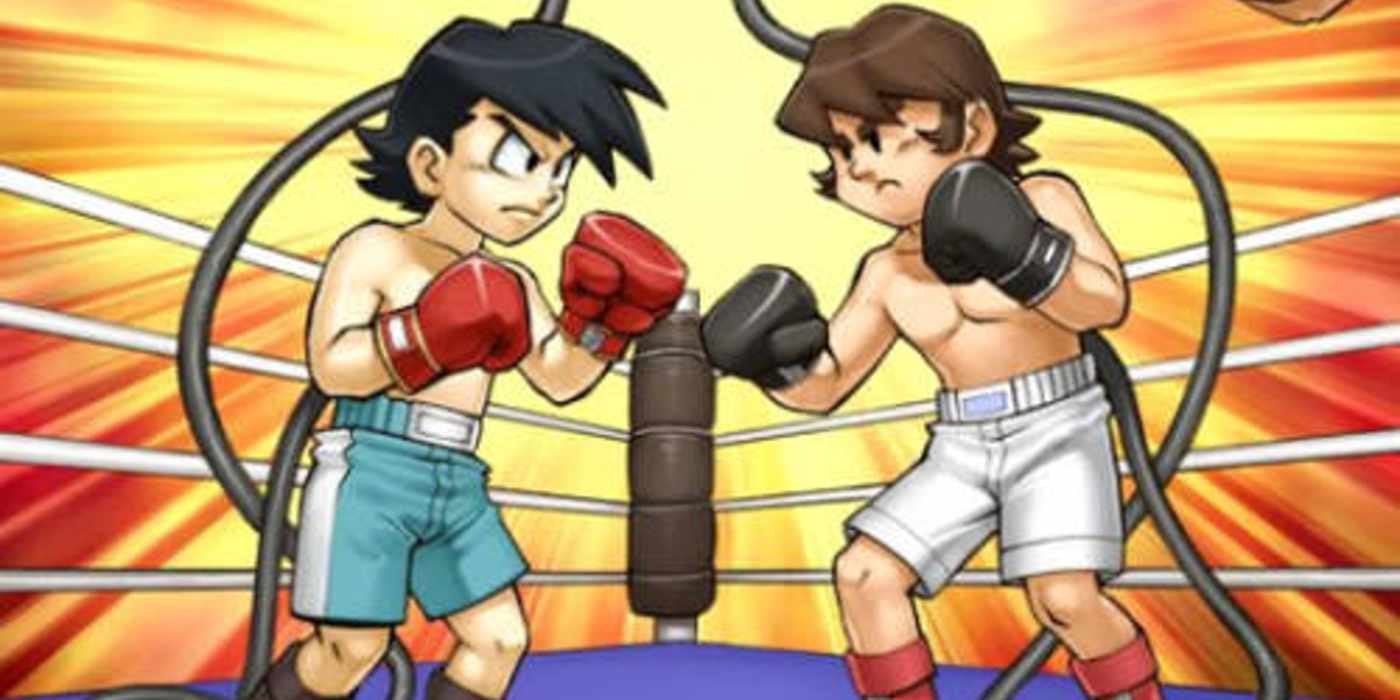
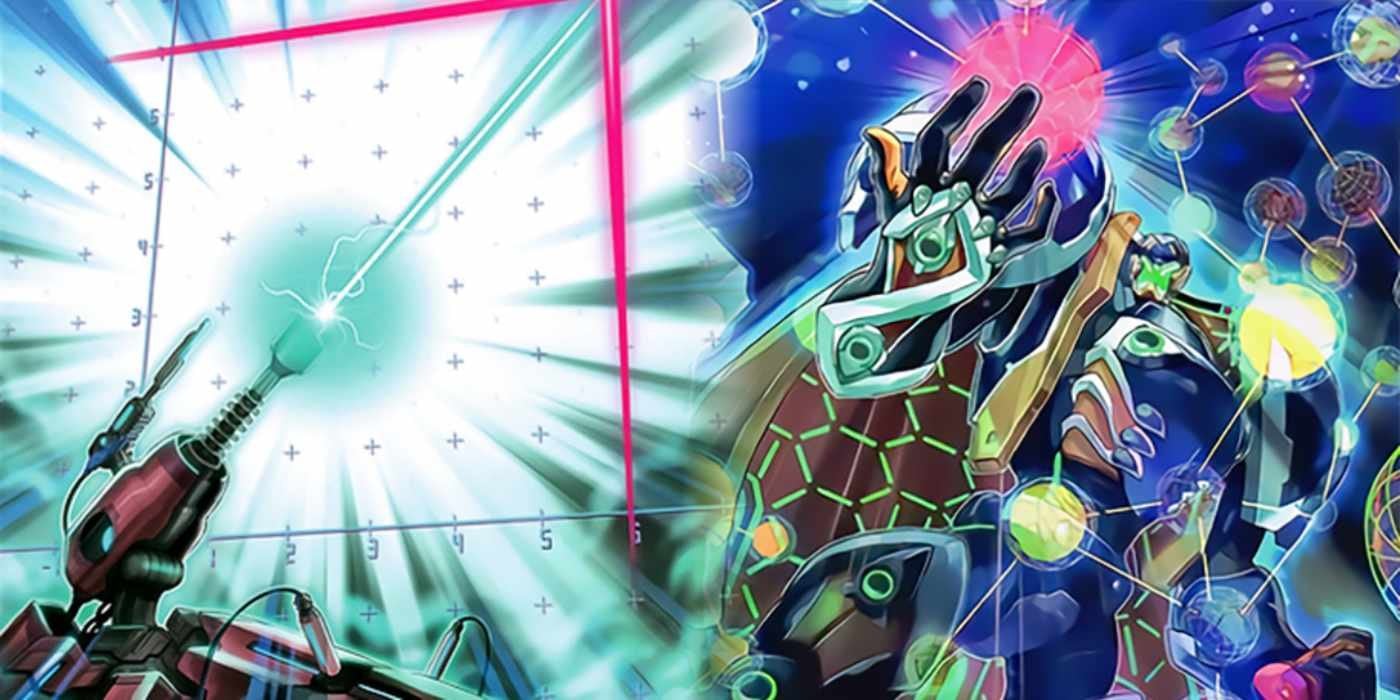
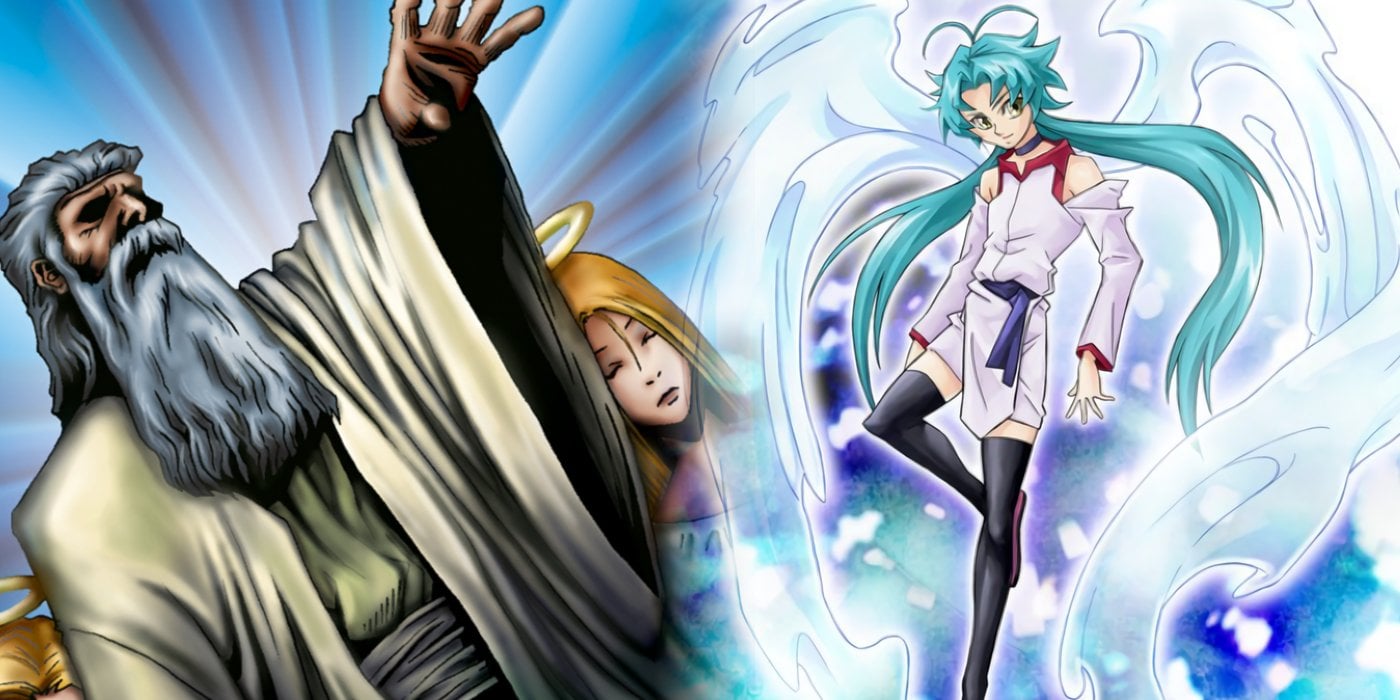
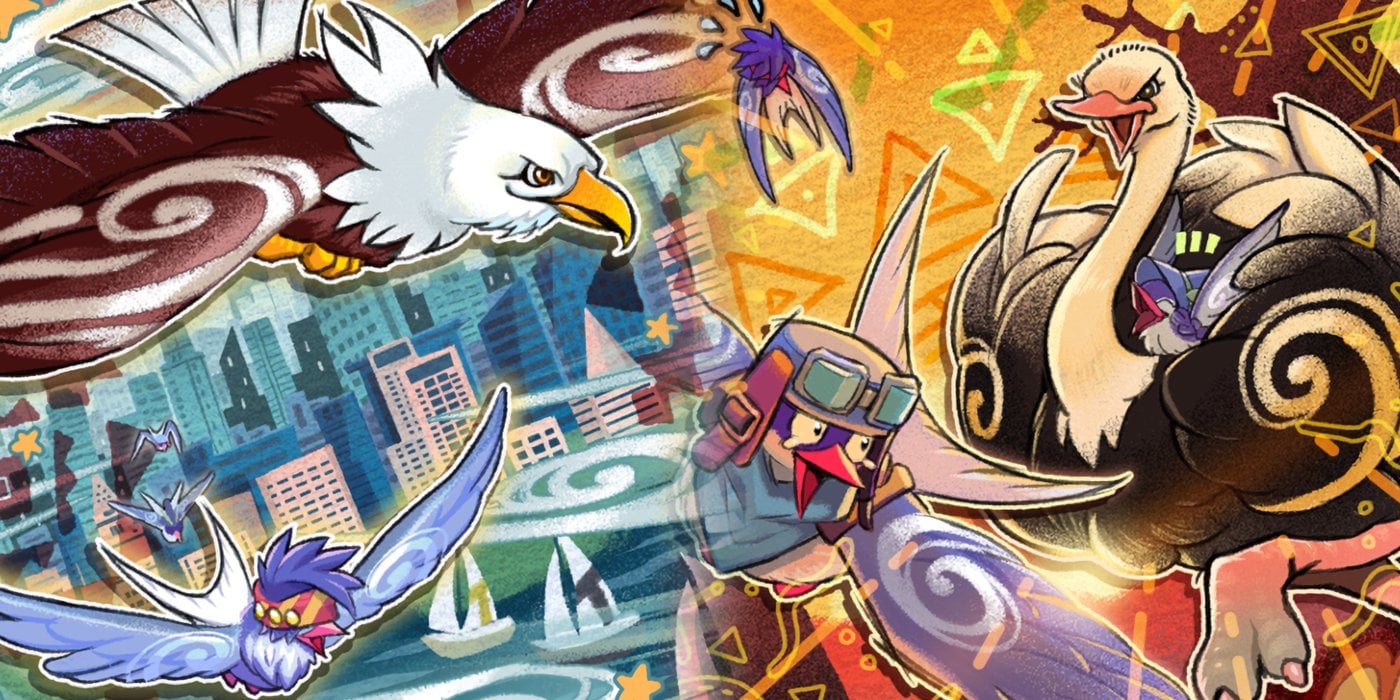
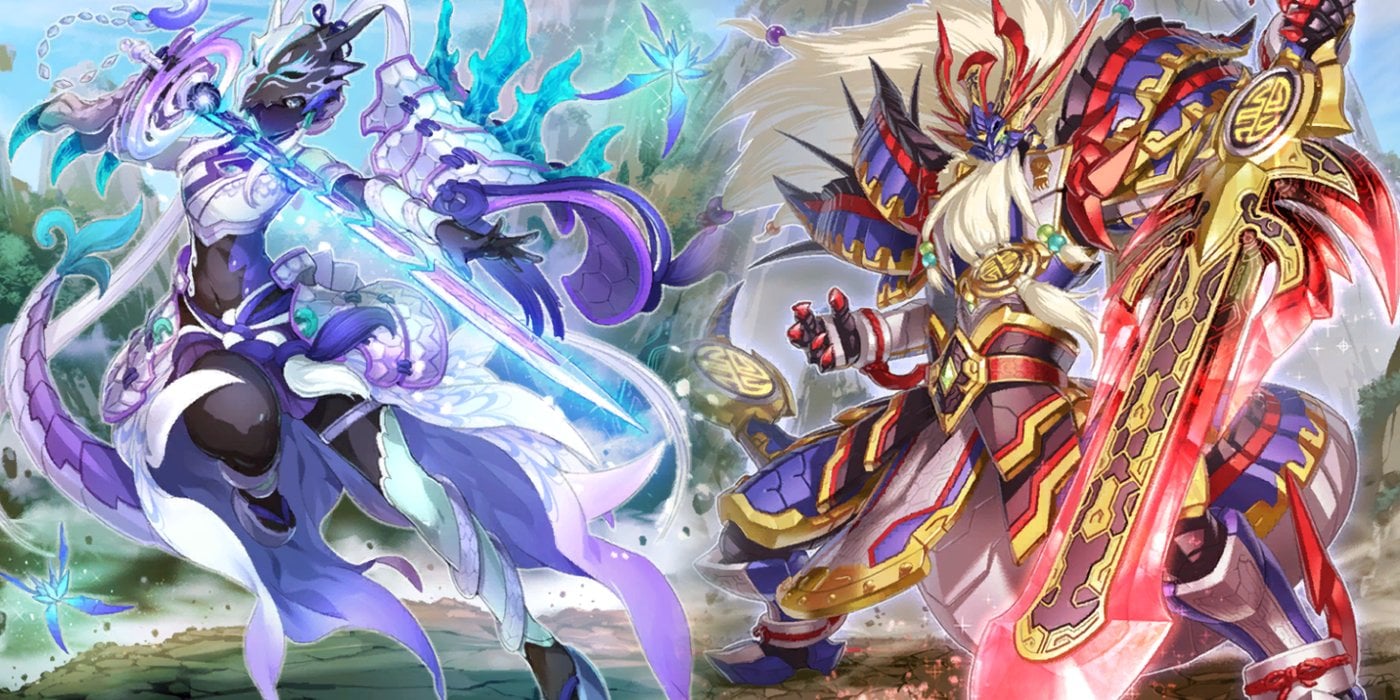
Comments
Interesting article! So you know the title is wrong (copypasta still references Pendulum)
Shhhh! You saw nothing! (but thanks for pointing it out)